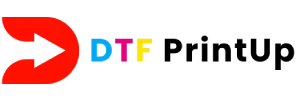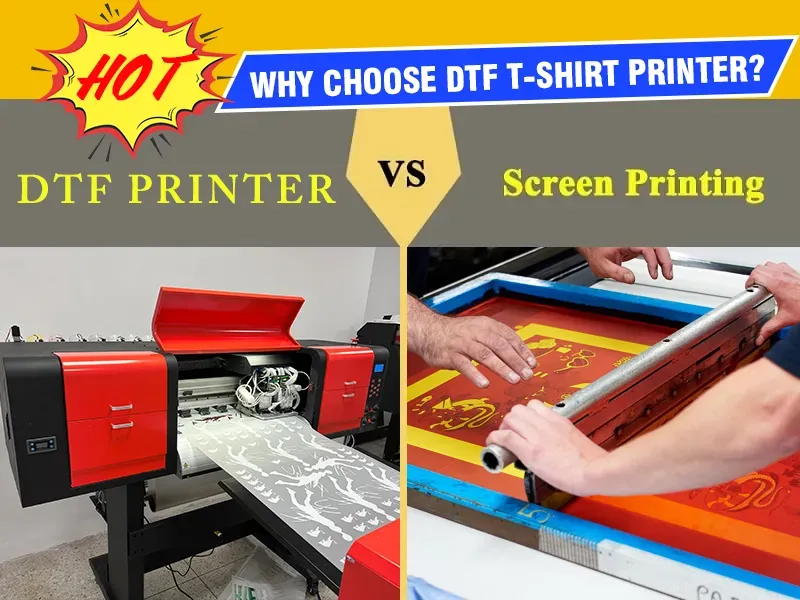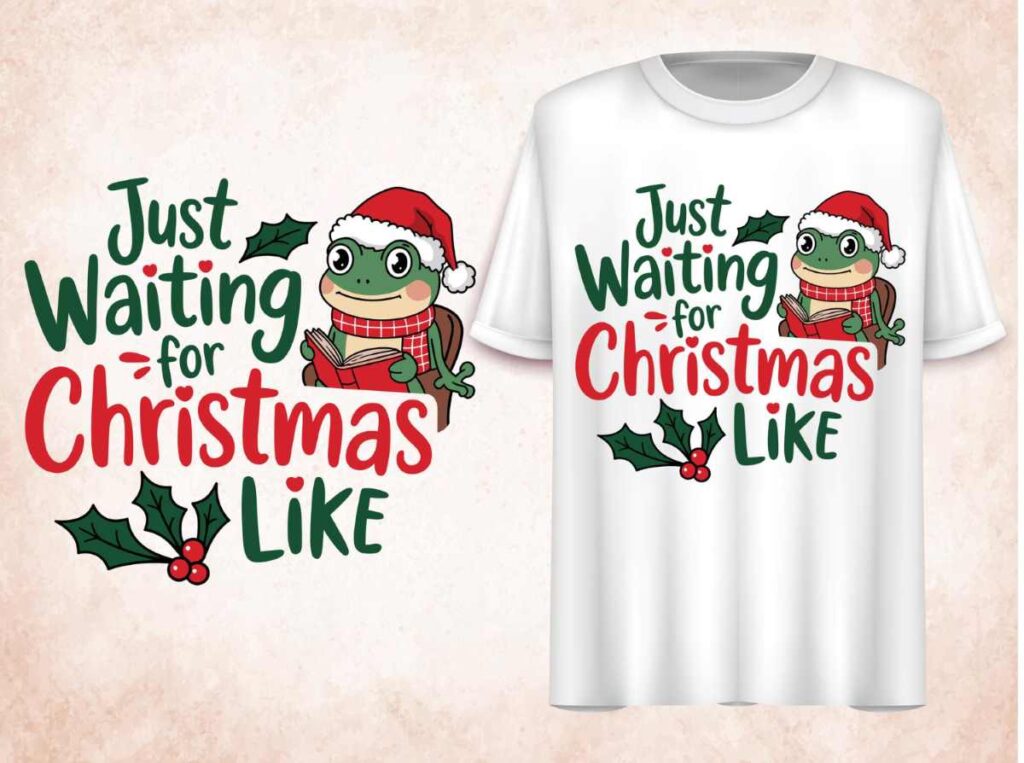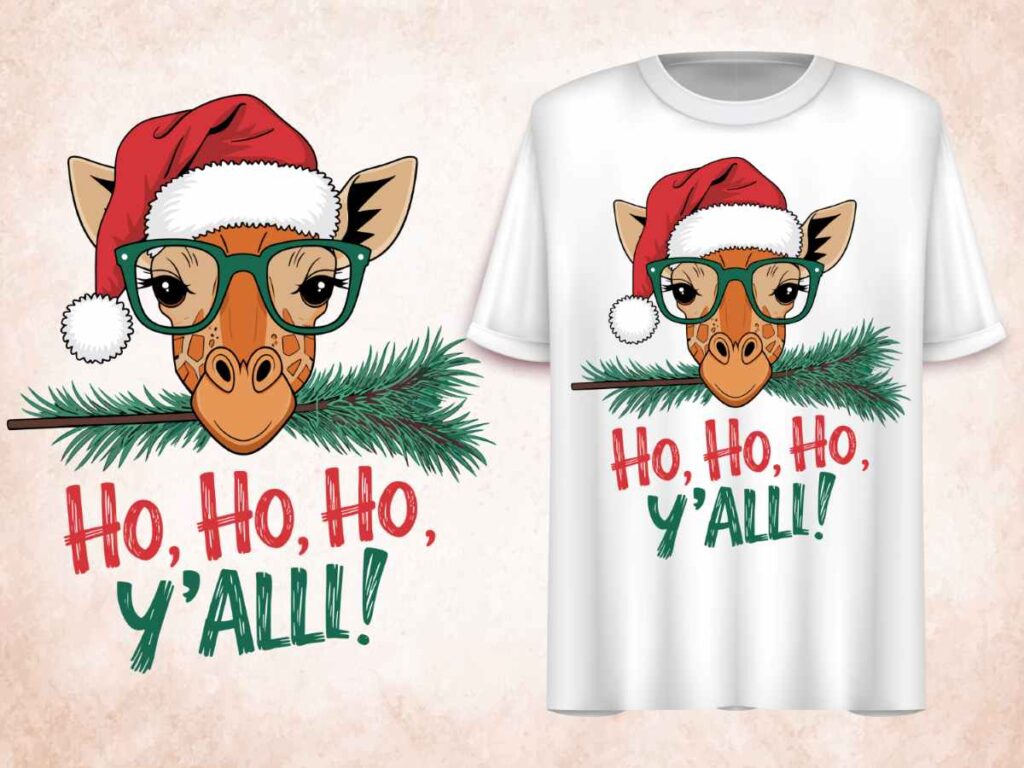When considering custom apparel printing, the choice between DTF vs. Screen Printing can significantly impact the quality and efficiency of your projects. DTF, or direct-to-film printing, has risen in popularity due to its advanced capabilities and versatility in creating vibrant designs on a range of fabrics. Unlike traditional screen printing, which can be limited by fabric type and color complexity, DTF technology allows for intricate, full-color graphics that are perfect for today’s fashion-forward market. As we explore this printing methods comparison, it’s important to weigh the advantages of each option, including production time, cost efficiency, and overall quality. Understanding these nuances will empower you to select the most suitable approach for your needs.
In the realm of garment decoration, two primary techniques stand out: direct-to-film (DTF) printing and traditional screen printing. These two printing styles cater to custom apparel endeavors, yet they differ vastly in technology and outcomes. DTF printing, known for its innovative methods, allows for high-definition images to be transferred onto fabrics more seamlessly than its screen printing counterpart. Conversely, screen printing has long been a staple for bulk production due to its cost-effectiveness in larger runs. By examining these printing processes from various angles, we can appreciate their unique features and benefits, providing insights into the best choice for diverse printing projects.
The Versatility of DTF Printing in Apparel Design
DTF printing has revolutionized the world of custom apparel through its unmatched versatility. This modern printing technique allows designers to print vivid, complex images onto a variety of fabrics including cotton, polyester, and blends, making it perfect for a wide range of custom products. Businesses can experiment with different styles and designs, ensuring that they cater to diverse customer preferences without the limitations often seen in traditional methods. As consumer demand for unique apparel grows, DTF printing stands out as a flexible option for both small batches and large runs.
Another notable advantage of DTF technology is its adaptability to different fabric types. While screen printing can struggle with complex graphics or delicate materials, DTF excels in these areas. This capability opens doors for designers to explore innovative projects such as custom hoodies, bags, and even sportswear. The ability to shift designs across multiple fabric types allows businesses to remain competitive in a rapidly evolving market, ultimately catering to a wider audience.
Cost-Effectiveness of DTF vs. Screen Printing
When weighing cost-effectiveness, DTF printing often proves advantageous for startups and small businesses. The initial investment in DTF technology is generally lower compared to traditional screen printing, which demands significant expenditures on printing presses and screens. This affordability makes DTF an appealing option for businesses looking to keep overhead costs manageable while still delivering high-quality prints. Additionally, DTF’s efficiency allows for quick turnarounds, making it easier to address customer demand without incurring extra expenses.
On the other hand, screen printing can be more economical for larger orders due to its reduced per-unit pricing, thanks to lower incremental costs as quantities increase. However, for businesses frequently engaging in small runs or customized orders, screen printing’s extensive setup time can negate the cost benefits. Thus, while screen printing may excel for bulk production, DTF holds a competitive edge for custom apparel, particularly when versatility and flexibility are paramount.
Quality and Durability in Printing Techniques
In terms of quality, both DTF and screen printing offer unique advantages. DTF printing is known for its vibrant, full-color designs that resonate well with consumers who prioritize aesthetics. The ability to print detailed images with crisp lines ensures that designs not only stand out but also attract attention. With advancements in DTF technology, many businesses have also reported improvements in ink quality and longevity, making this a viable option for custom apparel that demands high standards.
Conversely, screen printing often leads the way in durability. When done correctly, screen-printed garments can withstand numerous washes and prolonged wear without fading or losing vibrancy. This durability is attributed to the ink used and the curing process, which solidifies the print. As a result, for businesses targeting markets where longevity is crucial, such as workwear or promotional apparel, screen printing remains a strong contender despite newer technologies like DTF.
Market Trends Favoring DTF Technology
The recent surge in interest for DTF printing is indicative of shifting market trends in the apparel industry. Many businesses are responding to consumer preferences for personalization and unique designs, seeking printing methods that can facilitate quick, on-demand production. DTF not only meets these demands but also allows for a creative exploration that traditional screen printing may not always provide. This inclination towards customization has propelled DTF technology to the forefront, making it a popular choice for businesses looking to stay relevant.
Moreover, as more industry leaders adopt DTF for their custom printing services, a ripple effect occurs across the sector, encouraging even smaller enterprises to explore this innovative technique. The convenience and efficiency of DTF align closely with modern consumer behavior; fast, personalized service is now paramount in customer satisfaction. Therefore, businesses that are quick to adapt to these trends are likely to capture interested buyers and ensure loyalty through high-quality, custom products.
Choosing the Right Printing Method for Your Business Needs
Selecting the appropriate printing method for your business’s needs ultimately hinges on understanding your production volume, design complexity, and fabric types. For those engaging in custom apparel with intricate designs or frequent small runs, DTF printing is generally the more practical choice, offering flexibility and quick turnaround times. This is particularly essential for businesses aiming to capitalize on fleeting fashion trends or special events that require fast production to meet customer demands.
On the other hand, if your business model focuses on high-volume orders with simple designs, traditional screen printing may serve you better in terms of cost per unit and durability. Analyzing customer needs and sales patterns is crucial in making this decision—if your clientele often requests custom pieces or unique designs, investing in DTF technology could yield significant long-term benefits for your business.
The Future of Custom Apparel Printing
Looking ahead, the future of custom apparel printing appears promising as both DTF and screen printing continue to evolve. The digitalization of production techniques is likely to persist, with printers implementing more automated processes that enhance efficiency and reduce costs. For DTF specifically, advancements in ink technology and printing equipment will further improve the quality and durability of finished products, thereby increasing its appeal to both businesses and consumers.
Simultaneously, traditional screen printing may adapt to accommodate new design trends and sustainability practices. As consumers grow more conscious about the environmental impact of clothing production, screen printers may seek innovative methods of reducing waste and utilizing eco-friendly inks. In this competitive landscape, staying abreast of trends and advancements will be essential for businesses looking to thrive in the custom apparel market.
Frequently Asked Questions
What are the key differences in DTF vs. screen printing for custom apparel?
The primary differences between DTF (Direct-to-Film) printing and screen printing lie in versatility and production efficiency. DTF printing excels at creating intricate and vibrant designs on various fabric types, including cotton and polyester. In contrast, screen printing is more suited for simpler designs and larger runs, often requiring considerable setup time for multiple colors.
Is DTF technology better than traditional screen printing for small batch production?
Yes, DTF technology is generally better for small batch production due to its efficiency and quicker turnaround times. Unlike traditional screen printing, which can be costly and time-consuming for small orders, DTF allows for rapid printing without extensive setup, making it ideal for businesses focusing on on-demand custom apparel.
How does the cost of DTF vs. screen printing compare for startup custom apparel businesses?
For startup custom apparel businesses, DTF printing often comes with lower initial setup costs compared to traditional screen printing. DTF allows small businesses to invest in affordable printing technology, whereas screen printing requires significant upfront investment in equipment and supplies, making DTF a more accessible choice for new entrants in the market.
What type of quality can I expect from DTF vs. screen printing?
Both DTF and screen printing offer high-quality prints, but they excel in different areas. DTF printing is known for its vibrant colors and the ability to capture intricate details, making it great for complex designs. On the other hand, screen printing is renowned for its durability, especially when high-quality inks are used, resulting in longer-lasting prints.
Which printing method, DTF or screen printing, is favored in current market trends for custom apparel?
Currently, DTF printing is gaining popularity in the custom apparel market due to its flexibility and ability to meet consumer demand for personalized products. Industry trends show an increasing preference for the quick and adaptable nature of DTF, while screen printing remains favored for high-volume runs with simpler designs.
For durability, is screen printing superior to DTF printing?
In terms of durability, traditional screen printing is often considered superior to DTF printing, particularly when quality inks and proper curing techniques are used. Screen printed garments generally have a longer lifespan, resisting wear and fading over time better than DTF prints, which can vary in durability based on application methods.
| Aspect | DTF (Direct-to-Film) Printing | Screen Printing |
|---|---|---|
| Versatility | High compatibility with various fabrics, suitable for detailed designs. | Less adaptable to diverse materials and intricate designs; more suited to specific fabrics. |
| Production Efficiency | Quick turnaround for on-demand and small batches. | Cost-effective for large volumes but slower setup time. |
| Cost Considerations | Lower initial setup costs, ideal for small runs. | Economical for bulk but requires higher initial investment. |
| Quality and Durability | Vibrant colors, but longevity depends on inks and technique. | Highly durable, known for long-lasting prints with proper methods. |
| Market Trends | Increasing demand for customization and on-demand services. | Strong in high-volume orders; stability in traditional markets. |
Summary
In the ongoing discussion of DTF vs. Screen Printing, the best choice for you hinges on your unique business needs, production volume, and quality expectations. DTF printing presents itself as a modern and efficient solution, ideal for small batches and diverse fabric choices, appealing to businesses and consumers seeking customization in apparel. Meanwhile, screen printing proves advantageous in situations demanding high durability and large volumes, maintaining its relevance despite the rise of DTF technology. Understanding these differences will empower you to optimize your printing decisions in line with market demands and operational capabilities.



